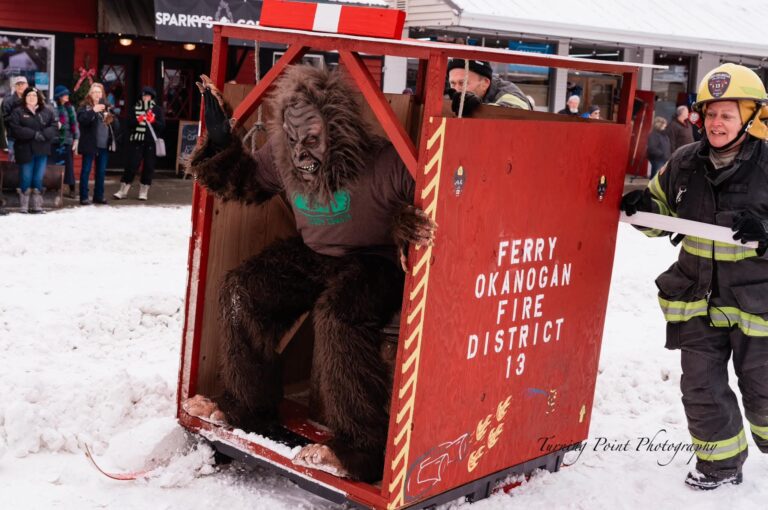Triathalon Revolution
Terri Schneider
Mountaineers Books, 2009, 301 pages
Triathletes are A breed apart; especially those athletes who aren’t satisfied to survive but must excel at three very different athletic pursuits. Most don’t realize the modern day triathalon didn’t exist until 1974—and the first announcement read “bring your own bicycle.”
In Triathalon Revolution, Terri Schneider shares the experience and wisdom of 22 Ironman competitions, along with her masters in Sports Psychology, plus 25 years of coaching and training. She’s a proven unstoppable force, and she’s put her secrets and training methods on paper to expose the keys to training efficiently and preventing mistakes. Whereas some maintain ‘failing to prepare is preparing to fail’, Terri understands the reality of working 40 hours a week, the expense of bikes and wetsuits, being kicked in the face during the inaugural swim, and the frustration of learning about transitions.
Obviously, the book centers on triathalons, but Schneider remains fully aware that most athletes can harvest a great deal of insight from her chapters. Her segments on mental training should be required reading for all triathletes, ultramarathon runners, downhill ski racers or even basketball players. She even delves into rational self-talk, dips into personal motivation, and realistic training efficiency.
The whole book provides an intelligent synopsis for improving your workouts, escaping common mistakes, and sets you on a path to reach every level of achievement you might aspire to reach. Throughout the book, Schneider segued the chapters with reflections from some of the world’s greatest triathletes including Dave Scott and Mark Allen. From time to time, her diagrams, generic training photos and stretching routines seemed elementary, but otherwise the material and chapters flowed consistently.
I confess I didn’t have high expectations for the book because I felt each endeavor deserved specific training and coaching. However, the wonderful harmony of the writing, underscored by Terri’s first-hand knowledge, really captured my attention. She’s an expert in a very intense field, so when she writes about triathalon conditions, she anchors her influential comments in a spirited voice. It inspires one to train not only harder, but also smarter.
Jon Jonckers.
Bretz’s Flood: The Remarkable Story Of A Rebel Geologist And The World’s Greatest Flood
John Soennichsen
Sasquatch Books, 2008, 289 pages
Over the last two decades I have read at least a dozen books solely or partially about the cataclysmic floods that swept across Eastern Washington at the end of the last glacial epoch. None are better than John Soennichsen’s latest book Bretz’s Flood in readability and content. Bretz’s Flood stands out because it succeeds on two fronts. First, as with most of the other “geology’s” of the floods, he gives the reader a good understanding of how the floods sculpted our landscape. More importantly though, Bretz’s Flood’s biographical content reveals more of the character, J Harlan Bretz, than any previous work; you will learn that there is no period after the “J” in his name and why. In revealing the character that is Bretz we are given a glimpse of how science should, and usually does, work. In the end the explanation that most simply and most completely describes an observed phenomenon is considered the best, or if you insist the “true,” explanation.
Given the duel nature of the book, Soennichsen’s list of references is long. He cites twenty or so sources including the most common, and much not so common, technical material on the floods. He interviewed some two dozen people associated with Bretz and the geology of the floods. Interviewees include family members, contemporary geologists and a few surviving peers. Couple this extensive research with an engaging style and you have what will become a classic piece of Inland Northwest history. Bretz’s Flood is a compelling biography of one our regions least known but most fascinating characters. As local author Jack Nisbet describes in his jacket blurb, Bretz was, “… a character dogged enough to do the detective work, stubborn enough to fight the establishment for decades, and visionary enough to see the landscape as it was truly formed.
Read Bretz’s Flood and learn about the origins of our landscape and the geologist who first understood its significance.
Stan Miller













